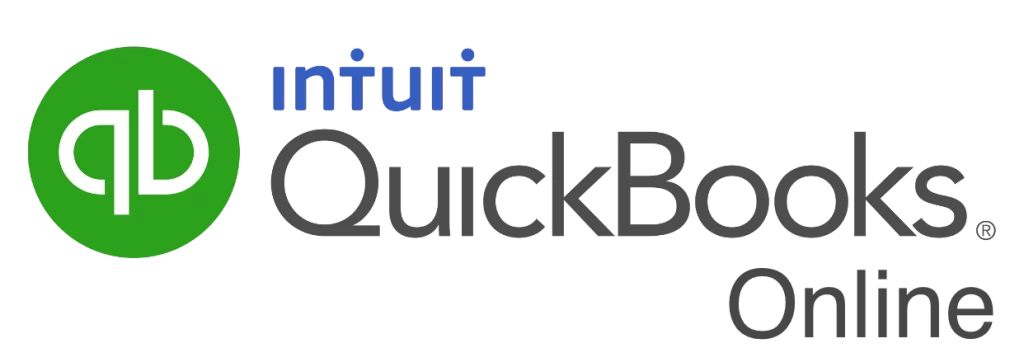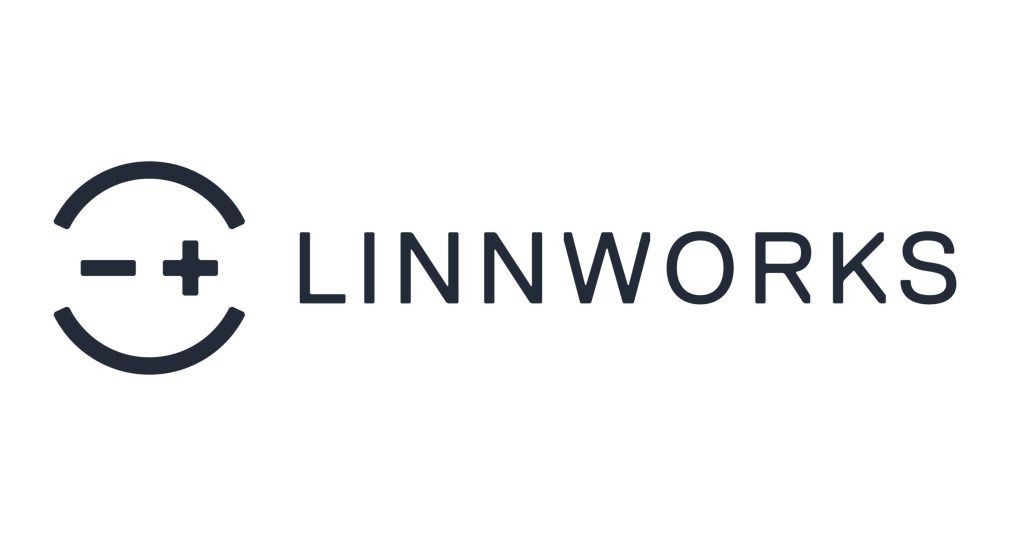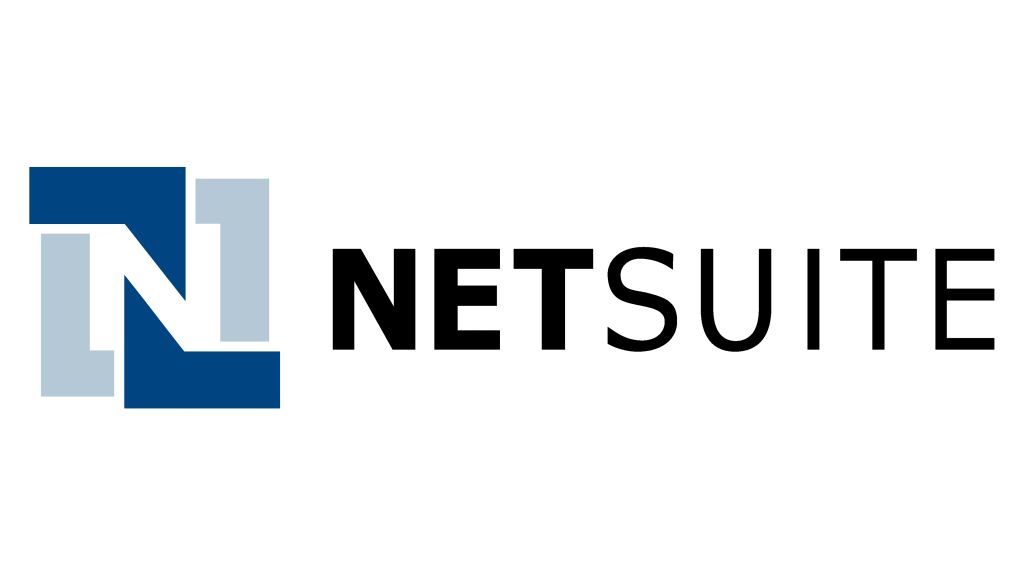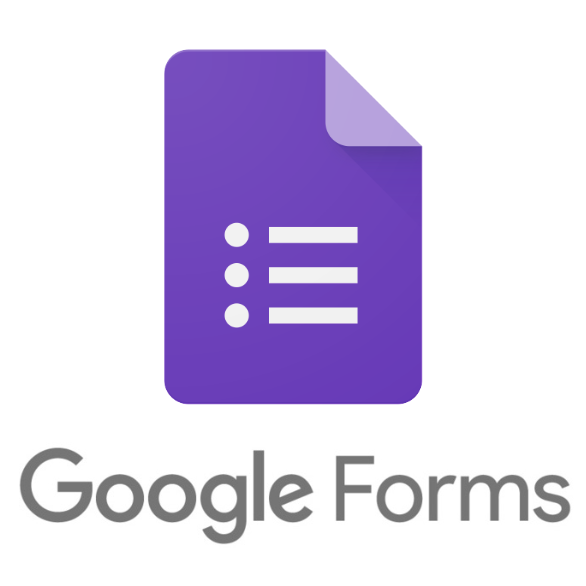10 Best Order Management Software Ranked
Here’s Our List of the Top 10 Order Management Software
Running an order-driven business, whether it’s e-commerce or brick-and-mortar, can be an exciting ride, but as your operation grows, keeping track of orders, inventory, and shipping can quickly become more difficult by the day. That’s where order management software comes in. Imagine having a centralized platform that integrates your sales channels, automates repetitive tasks, and provides real-time data on your operations. Sounds pretty great, right?
We’ve done the research, and gathered user feedback to bring you a handpicked list of the best order management software.
What is Order Management Software?
Order Management Software (OMS) is a digital command center for managing the entire order lifecycle. When you receive an order, it goes through a series of steps before reaching the customer: processing, inventory checking, shipping, and delivery tracking.
An OMS system centralizes and automates these processes. This means saying goodbye to spreadsheets, manual processes, and human errors—and saying hello to real-time inventory control and visibility, faster order processing, and a better overview to manage sales data and financial insights across your order management process.
Who Is This Article For?
This article is for e-commerce business owners, operations managers, fulfillment professionals, and anyone looking to help their order processing and improve customer satisfaction. Whether you’re running a small online store or managing a large-scale e-commerce operation, the tools featured in this article will help you efficiently handle orders, track inventory, and ensure timely delivery.
What Is the Difference Between OMS and CRM?
Sometimes, there is confusion between two critical business systems: CRM or Customer Relationship Management Systems, and OMS or Order Management Systems. Even though these two systems have some similarities, they are fundamentally different in their purpose and features.
A CRM or Customer Relationship Management System acts as a central hub for all your customer interactions. It stores information like contact details, purchase history, marketing campaign engagement, and support tickets. With a CRM, you can, for example:
✅ Nurture leads: Track potential customers through the sales funnel, allowing you to tailor outreach and convert them into loyal buyers.
✅ Boost Sales Performance: Gain insights into customer behavior and preferences to craft targeted sales strategies.
✅ Track Your Sales Pipeline: CRM systems typically allow sales reps to log deals and give business owners insight into their pipeline.
An OMS or Order Management System focuses on the backend of the customer journey, specifically order fulfillment. It takes customer orders and manages the entire process, including:
✅ Inventory Checks: Ensuring accurate inventory levels to avoid order fulfillment delays.
✅ Warehouse Management: Optimizing warehouse operations for efficient order picking and packing.
✅ Shipping and Tracking: Providing real-time shipment tracking information to keep customers informed.
10 Best Order Management Software for 2024
Here’s our curated list of the 10 best order management software available on the market today. Whether you’re a small retailer on the hunt for a simple system or a large enterprise looking for a do-it-all tool, this list has something for everyone.
One note before we start: different providers focus on different segments of the market. Our list is tailored for small- and medium-sized businesses that are professionalizing their order management.
Let’s take a look.
1. Five’s Order Management System

Description
Five is a leading provider of back-office applications, including its Order Management System, that are simple, affordable and ready-to-use. The company focuses on providing software that can be rapidly implemented by providing users with all the essential features. Its intuitive interface and powerful features make it an ideal choice for first-time users of order management systems that are looking for a scalable and customizable solution.
Advantages
✅ Simple and ready-to-use Order Management System that comes with all the essential features and is fully cloud-hosted
✅ Fully customizable: applications provided by Five are 100% customizable at low cost and with rapid turnaround times
✅ Add custom dashboards to visualize sales order activity, order fulfillment, shipment times or other key performance indicators (KPIs).
✅ Seamlessly integrate with various data sources, including popular databases and external APIs (Shopify included), to ensure all your data is connected.
✅ Low monthly subscription fee with plans that can be cancelled at any time
Disadvantages
❌ Advanced order management features are available but not “out-of-the-box”
Target Users
Five is ideal for small- and medium-sized businesses looking for a robust, scalable, and highly customizable order management solution that can be tailored to fit their existing workflows and systems.
What Users Say
“Five is an excellent platform for building and managing our business applications. The ability to integrate with multiple data sources and automate workflows has significantly improved our operations.”
2. Zoho Inventory

Description
Zoho Inventory is an online inventory management software for streamlining simple order and inventory workflows. You can track stock levels, manage multiple warehouses, and integrate with popular sales channels like Shopify, Amazon, eBay, and Etsy.
Advantages
✅ Access Zoho Inventory via the web as well as Android and iOS mobile apps.
✅ Use the barcode scanning feature for quicker and more accurate stock counting.
✅ Connect with shipping carriers including DHL, FedEx, UPS, and USPS for real-time shipping rates and global order deliveries.
✅ Integrate seamlessly with Zoho Books and other Zoho apps like Zoho Analytics and Zoho CRM.
Disadvantages
❌ Reports are basic and not customizable.
❌ Users report inconsistent customer support.
❌ Some say it has a complex setup.
Target Users
Zoho Inventory is best suited for small to medium-sized businesses looking for an integrated inventory and order management solution with robust shipping and sales channel integrations.
What Users Say
“Zoho Inventory is great for small businesses looking for a comprehensive solution to manage their inventory and orders across multiple sales channels.”
User Reviews
G2: 4.3/5 (81 reviews)
Capterra: 4.4/5 (372 reviews)
3. QuickBooks Online

Description
QuickBooks Online is a cloud-based accounting platform for managing your business finances. It allows you to track income and expenses, manage bills and payroll, and generate detailed financial reports. It also offers features for tracking inventory and integrating with multiple sales channels.
Advantages
- Set it up so the sales tax is automatically applied to your invoices.
- Connect QuickBooks directly to your bank accounts and credit cards.
- Set item reorder levels, create purchase orders, and log items as expenses upon receipt and payment.
- Generate financial reports like profit and loss, cash flow statement, balance sheet, and accounts receivable aging summary.
Disadvantages
❌ Users report that it sometimes gets glitchy after updates.
❌ Customer support is reported to be a hit or miss.
❌ Only the highest plans offer multichannel sales connection and inventory management.
Target Users
QuickBooks Online is ideal for small to medium-sized businesses that need robust accounting features along with order and inventory management.
What Users Say
“QuickBooks Online is a reliable accounting software that simplifies financial management and integrates well with various sales channels.”
User Reviews
G2: 4.0/5 (3,100+ reviews)
Capterra: 4.3/5 (6,200+ reviews)
4. Jotform

Description
Jotform is an online form builder for creating and sharing order forms. This allows you to gather relevant order details (like customer contact information, order specifications, and shipping information) and accept payments from customers.
Advantages
- Customize any of its 900+ order form templates to align with your brand’s style and collect order details.
- Lets you translate order forms to 100+ languages including English, French, Spanish, Dutch, and Italian.
- Allows you to connect with 40+ payment processors including PayPal, Stripe, Authorize.Net, and Square.
- You can share access to your forms via links, QR codes, and webpage embeds.
Disadvantages
❌ Free plan only allows for five forms and 100 monthly submissions.
❌ Users report that it gets slow and glitchy at times.
Target Users
Jotform is suitable for small businesses and individual entrepreneurs who need an easy and customizable way to collect order information and payments online.
What Users Say
“Jotform has made it incredibly easy to collect order details and payments from our customers. The templates are customizable and the integration options are very helpful.”
User Reviews
G2: 4.7/5 (204 reviews)
Capterra: 4.6/5 (1,550+ reviews)
5. Linnworks

Description
Linnworks streamlines inventory and order management across multiple e-commerce platforms and marketplaces like Amazon, eBay, Shopify, Magento, and WooCommerce. This synchronizes stock levels across the board and prevents overstocking and stockouts.
Advantages
- Get an overview of top-selling products and those at risk of running out.
- Automate repetitive tasks like creating purchase orders, assigning carriers, and merging multiple orders from the same customer for shipping.
- Visualize financial performance across multiple e-commerce platforms over a specific time period.
- Integrate directly with 30+ major carriers and third-party logistics providers like DHL, UPS, FedEx, and Easyship.
Disadvantages
❌ Users report that it gets buggy at times.
❌ Some users say pricing plans are expensive.
❌ Customer support may take a few days to respond.
Target Users
Linnworks is ideal for medium to large e-commerce businesses that need robust multi-channel order and inventory management capabilities.
What Users Say
“Linnworks has streamlined our order processing and inventory management across multiple sales channels. The automation features save us a lot of time.”
User Reviews
G2: 4.3/5 (66 reviews)
Capterra: 4.0/5 (26 reviews)
6. Brightpearl

Description
Brightpearl is an order management platform tailored to multichannel wholesalers and retailers. It streamlines inventory tracking and multichannel order management across platforms like Amazon, eBay, Walmart, and Shopify. It also integrates with payment gateways, accounting software, and shipping providers to streamline your e-commerce operations.
Advantages
- Lets you automate inventory allocation, order fulfillment process, and invoicing.
- You can accept payments via seven gateways including PayPal, Stripe, Square, and Authorize.Net.
- Use the inventory planner tool to forecast demand and always purchase the right products on time.
- Visualize metrics like top-selling products, order value by country, revenue, ad spend, cost per conversion, and customer lifetime value.
Disadvantages
- Steep learning curve for new users.
- Users report that it gets slow at times.
Target Users
Brightpearl is best suited for medium to large retailers and wholesalers who need comprehensive multichannel order and inventory management.
What Users Say
“Brightpearl has significantly improved our order management and inventory tracking across multiple sales channels. The automation features are a game-changer.”
User Reviews
G2: 4.5/5 (70 reviews)
Capterra: 4.4/5 (150+ reviews)
7. NetSuite

Description
NetSuite is an enterprise resource planning (ERP) solution for rapidly growing businesses and large enterprises that prioritize flexibility and scalability. It comes with customizable modules for tasks like invoicing, finance, inventory, and customer relations.
Advantages
- Add custom fields to gather and store details about each item in your database.
- Set up taxes to be calculated automatically and applied to business transactions.
- Create saved searches across various modules to quickly access datasets that match specific criteria.
- Generate 100+ reports including inventory activity, sales by product (or lead source or promotion code), income, and cash flow statements.
Disadvantages
- Customization requires specific technical skills.
- Users report that it gets slow when updating an entry or loading reports.
Target Users
NetSuite is ideal for large enterprises that need a scalable ERP solution with extensive customization and reporting capabilities.
What Users Say
“NetSuite provides us with a comprehensive view of our business performance. The customization options are excellent, but they do require some technical expertise.”
User Reviews
G2: 4.0/5 (2,600+ reviews)
Capterra: 4.1/5 (1,300+ reviews)
8. Extensiv Order Manager

Description
Extensiv Order Manager is designed for e-commerce businesses to streamline and synchronize their operations on a single platform. It achieves this by integrating with multiple e-commerce platforms, marketplaces, warehouses, shipping companies, and third-party logistics providers.
Advantages
- Bundle products and track inventory accurately, even when parts are sold individually.
- Store and manage vendor details including their contact information, minimum order quantity, and lead times.
- Set up rules to route orders to the right warehouse, split orders across multiple warehouses, and connect to the best shipping service.
- Generate reports including inventory value and aging, stock-keeping unit (SKU) profitability, and demand forecasts.
Disadvantages
- PayPal is the only payment gateway available.
- Users say that setup is complex and time-consuming.
- Some say that it gets glitchy at times.
Target Users
Extensiv Order Manager is ideal for e-commerce businesses that require comprehensive order and inventory management across multiple platforms and locations.
What Users Say
“Extensiv Order Manager has streamlined our e-commerce operations significantly. The ability to integrate with multiple platforms and manage everything in one place is a huge advantage.”
User Reviews
G2: 4.5/5 (63 reviews)
Capterra: 4.8/5 (107 reviews)
9. Google Forms

Description
Google Forms is a free online form builder for small businesses that need a simple order management system. You can design forms with a variety of input types (like text, date and time, and drop-downs) to collect orders from customers.
Advantages
- Navigate its interface with ease even if it’s your first time.
- Link responses to Google Sheets for further analysis.
- Print all responses or download them as a CSV file.
- Stop accepting responses with the toggle of a button.
Disadvantages
- There are only a few templates and font types to choose from.
- Expect limited integrations with third-party apps.
Target Users
Google Forms is perfect for small businesses and individuals who need a straightforward, cost-effective way to collect and manage orders.
What Users Say
“Google Forms is incredibly easy to use and perfect for collecting customer orders. The integration with Google Sheets is very helpful for data analysis.”
User Reviews
G2: No reviews
Capterra: 4.7/5 (10,600+ reviews)
10. Odoo

Description
Odoo is another ERP solution for unifying core business operations in one space. It has a user-friendly interface and a suite of apps for managing areas like inventory, sales and marketing, accounting, and human resources.
Advantages
- Access Odoo via the web as well as desktop and mobile devices.
- Track inventory, product movement, and sales across all sales channels.
- Integrate barcode scanners and point-of-sale (POS) systems with inventory for real-time data synchronization.
- Generate custom reports on forecasted inventory, inventory valuation, and warehouse analysis.
Disadvantages
- User interface lags when working with bulky data.
- Community edition doesn’t have all the Odoo apps, and some of the available apps have limited functionality.
Target Users
Odoo is best suited for medium to large businesses looking for a comprehensive ERP solution with extensive customization options.
What Users Say
“Odoo is a powerful tool for managing various aspects of our business. The ability to customize and add modules as needed is very valuable.”
User Reviews
G2: 4.2/5 (225 reviews)
Capterra: 4.1/5 (704 reviews)
With the top 10 order management software solutions at your fingertips, streamlining your business operations has never been easier. As you explore these options, consider how they each align with your specific business needs and goals so you can choose the right one.
Conclusion
Five stands out as one of the best options for businesses looking to build their own comprehensive, flexible, and scalable order management system.
Five’s interface and powerful features make it an ideal choice for rapidly building and deploying modern, data-driven applications. Its ability to seamlessly integrate with various data sources, including popular databases and external APIs, ensures that all your data is connected and easily accessible. This enables you to create custom dashboards to visualize sales order activity, assess team performance, and track progress toward your business goals and key performance indicators (KPIs).

